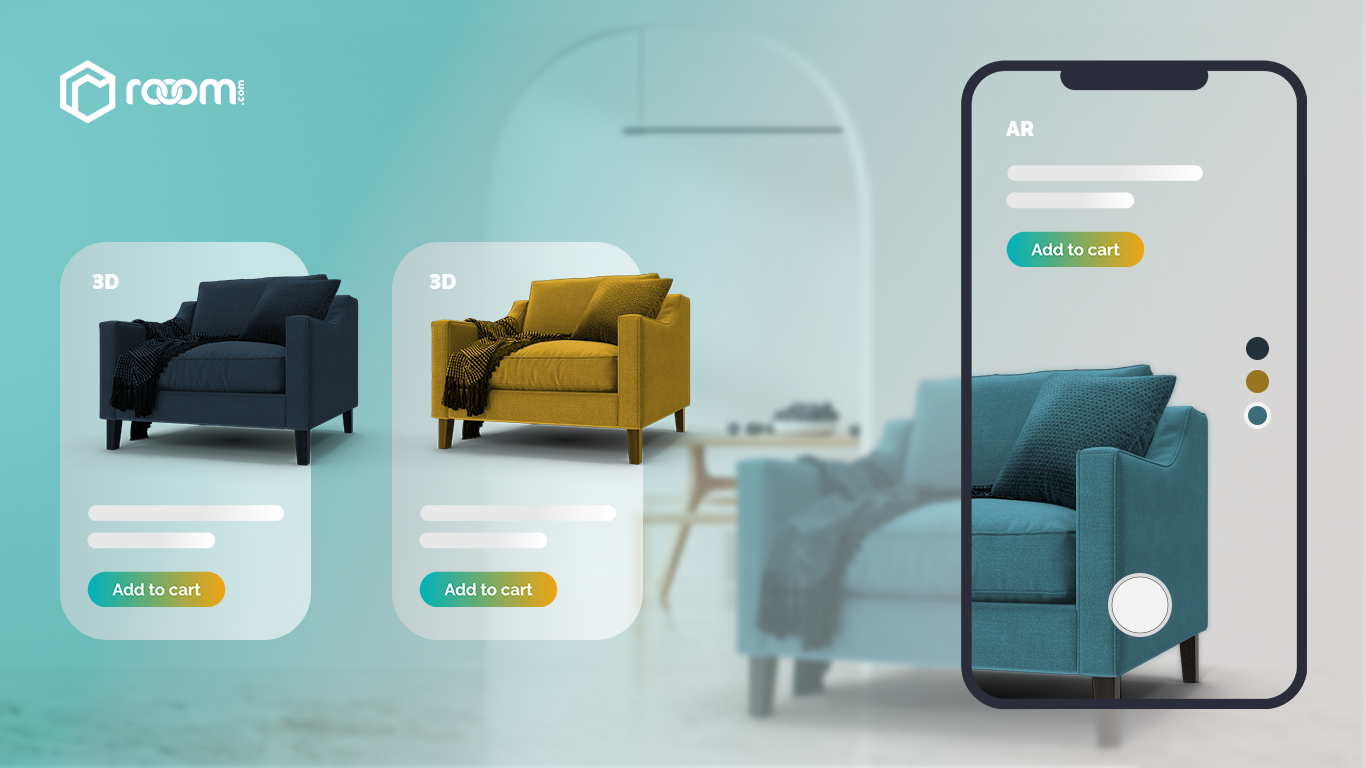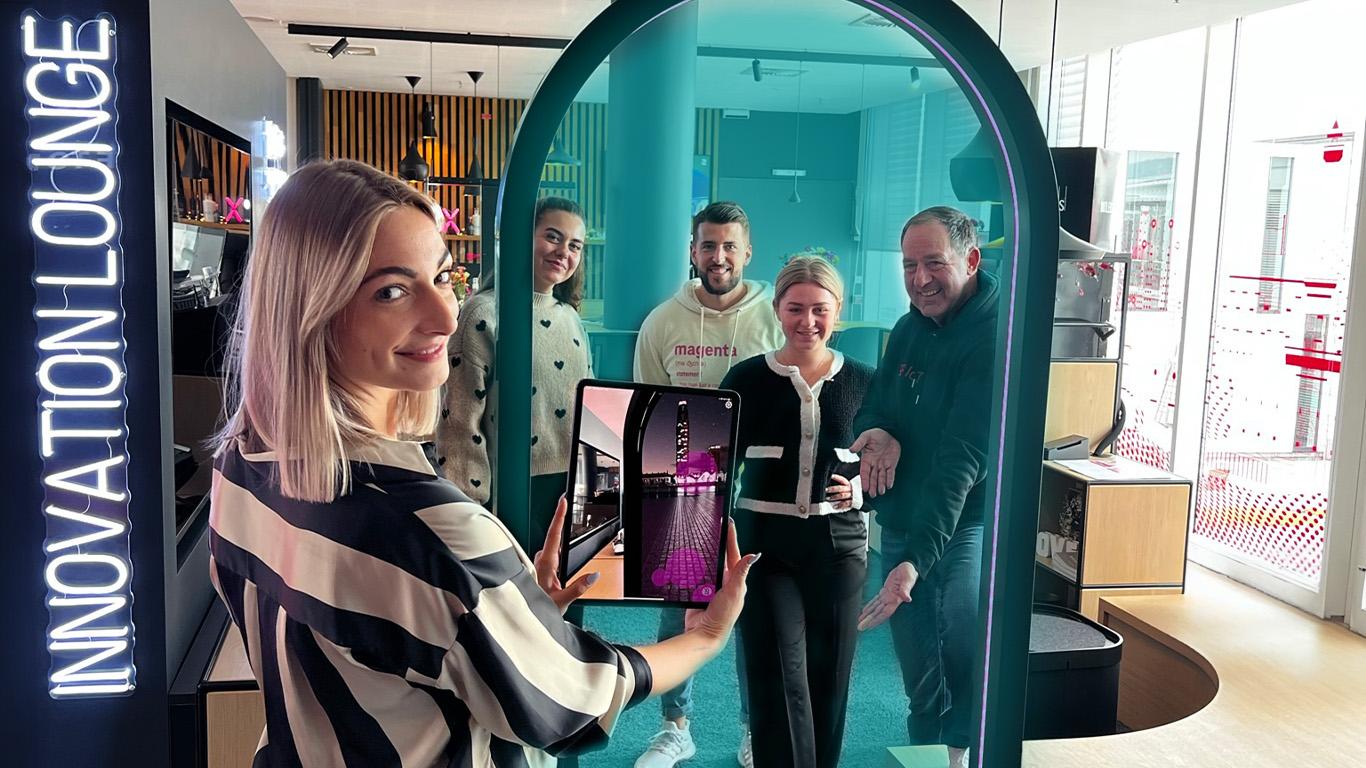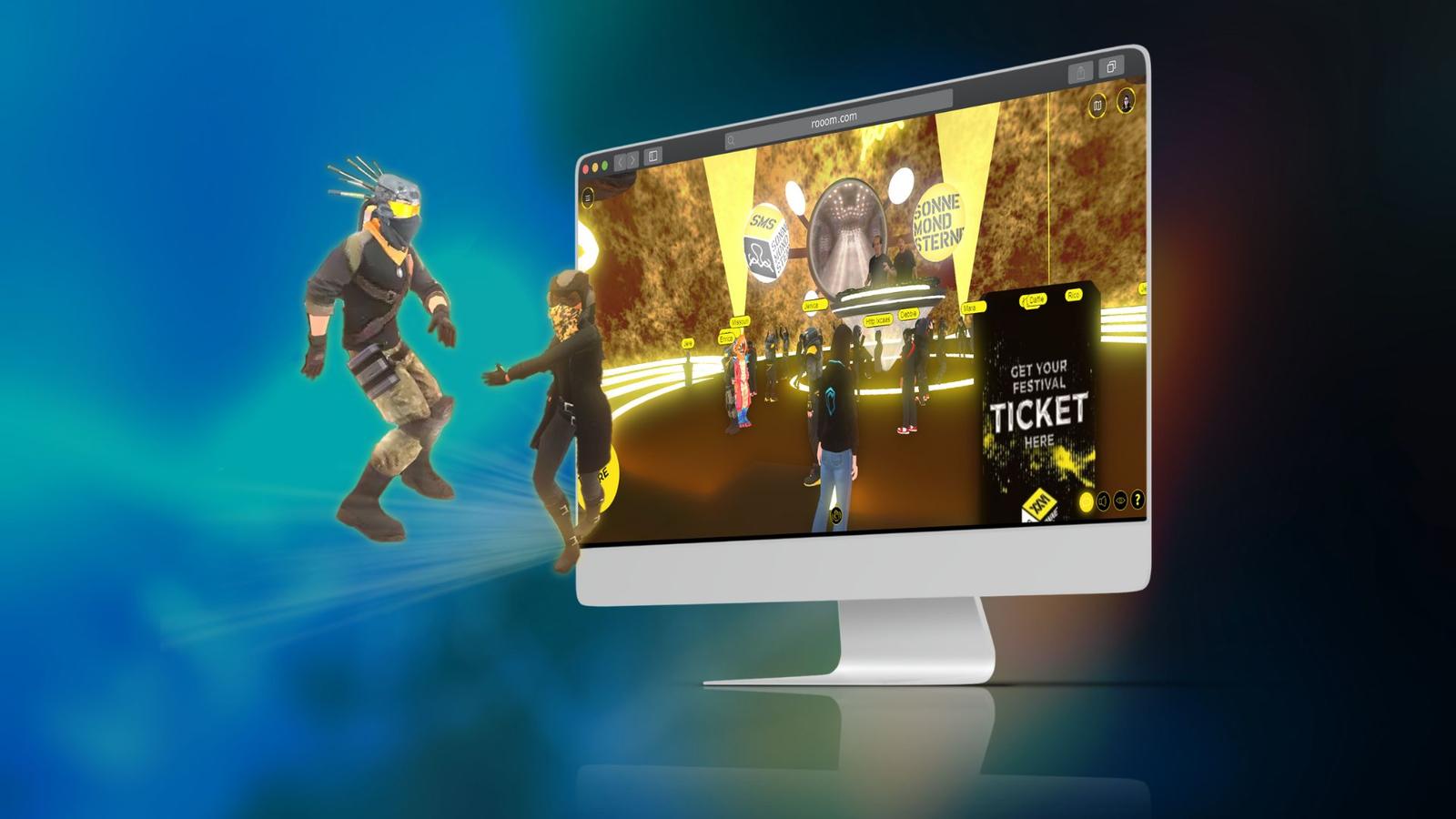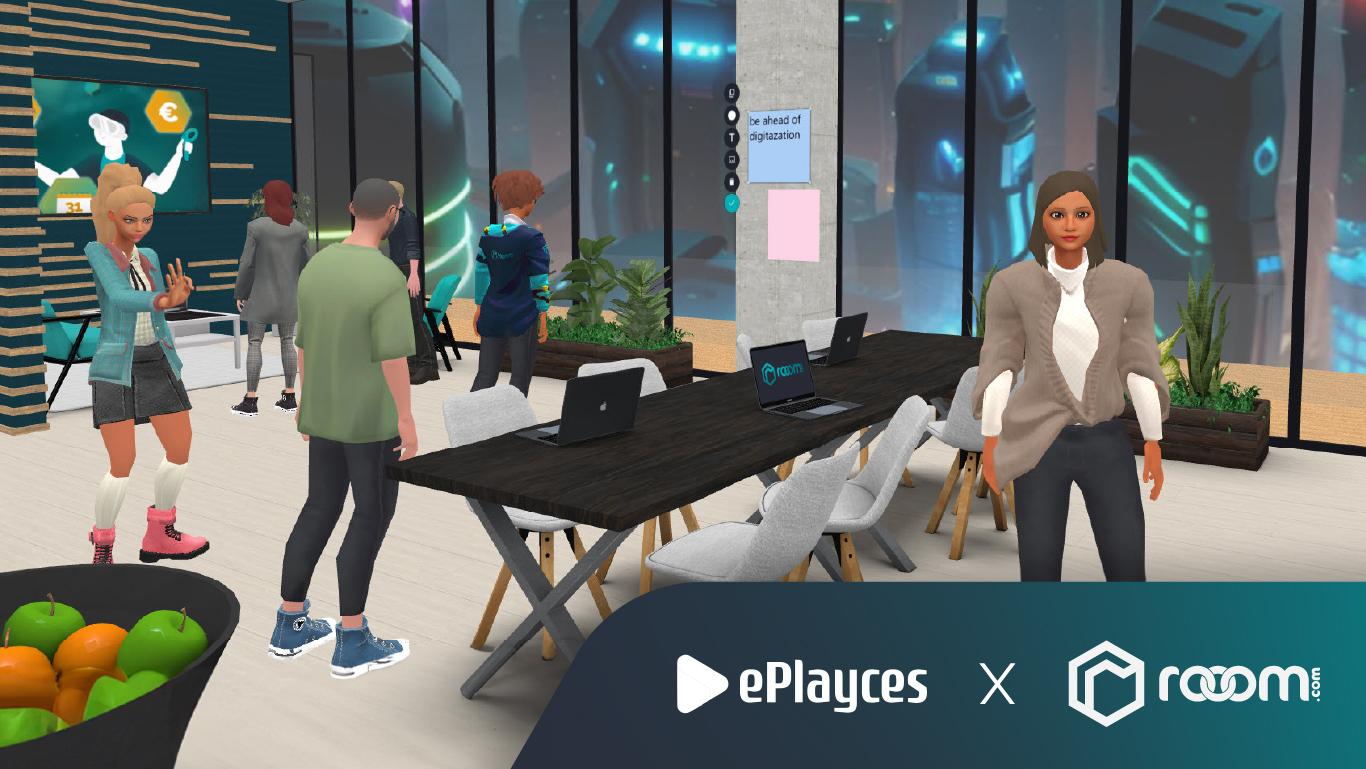Blog
Digital Sales Room: Innovation in Sales & Service

- Hot Topics
- Feature Spotlights
- Blog
What is a digital sales room?
A digital sales room (also known as a virtual showroom or deal room) is used to present and sell products or services in an appealing way. 3D environments, virtual product displays and avatars can be used for this purpose.
Purchasing decisions are increasingly being made online. For this reason, it is essential that both the offer and the contact persons are also present online. The online sales process also needs to be as simple as possible. In a digital sales room you can:
Find comprehensive product information
Experience a hands-on demo or product demonstration
Get into conversation with sales consultants
Purchase the product
In the real world, showrooms are used primarily in the fashion and automotive industries. An exclusive audience can view demonstrations of new releases there. A digital sales room, on the other hand, is available online and can be used both in the B2B and B2C sectors. If necessary, access can also be deliberately restricted via password protection.
So far so good. But can products and information be sold just as well in a digital format as on a real presentation area? Isn't it a disadvantage that products cannot really being held in the hand online? What about the human factor and personal advice? Or to put it another way: Is a digital sales room really a useful tool for sales and marketing? Let's take a closer look at this in the further course by examining various aspects of showrooms.
What is the technology behind it?
Web-based 3D platforms: Web3D makes it possible to deliver virtual spaces via an internet browser and a website. With one click, you can jump into the 3D environment, move around, access content and interact with other people if required.
Artificial intelligence (AI): Chatbots and AI-supported avatars can respond to questions and are present as permanent point of contact in the digital sales room.
Augmented reality (AR): Overlaying the real environment with virtual content makes it possible to display products in full life-size, close enough to touch - right in the living room at home, in the office corridor or on the go.
Virtual reality (VR): With special glasses or a VR headset, you can immerse yourself even more intensively in the virtual world.
E-commerce integration: Many providers already have an online store system to sell products online. To allow products to be sold directly in the digital sales room (the three-dimensional, immersive online store), it must be compatible with e-commerce, goods management and payment systems.
How to create a digital sales room
1. Develop a concept
Manufacturers, retailers, cultural institutions or service providers can create their own digital sales room quite easily with virtual showroom software. There are no limits to creativity: The digital realm can be used to create shopping experiences that cannot be found anywhere else. Surfboards could be presented in an outdoor showroom on the beach. Forestry machinery could be explored in a digital forest. And Christmas incense burners could be presented in the atmosphere of a snow-covered village. Almost anything is possible in a digital space.
2. Set up the 3D space
With a content management system for 3D content, such as rooomSpaces, virtual spaces can be set up in a flash - even without coding skills. Just like a website, there are different templates, i.e. pre-created rooms that can be easily customized so you can start right away. It is just as easy to change, replace and update content later on, for example for special promotions, product range adjustments or seasonal campaigns.

3. Offer communication options & support
Anyone who has a question about the products should also be able to find the answer in the digital sales room. Face-to-face consultations with humans are also possible online. Avatars and voice chat enable interactive meetings with sales staff.
Guests can either move around freely like in a video game, take a guided clickthrough based on information points or discover the space together with a customer service representative - depending on the level of self-service. For products that require a lot of consultation, it is recommended to offer a collaborative tour. 3D platforms such as rooom are so easy to use that not only digital natives feel welcome. Older generations can also enjoy an improved shopping experience here.

Watch the video for more insights into the digital sales room tool:
Best practices in sales & marketing
Use cases in B2C & e-commerce retail
Some companies and pioneers have already recognized the benefits of virtual showrooms. Puky, for example, uses a spacious, individually designed showroom with 3D and AR views to present the latest bicycle models for children. The online store has integrated the virtual space and the single 3D models directly on the product pages, which ensures a seamless shopping experience and a positive user experience.

The shopping experience does not have to remain purely digital, but can also merge with offline touchpoints. If a product is currently not available in the store, you could visit the digital salesroom at a VR station. There, the full product portfoliois always available in all its variants. Or a digital furniture brochure can be downloaded from the online showroom to select a suitable sofa. AR can then be used to check directly whether the beautiful piece fits well in the home. When visiting the furniture store, all that's left to do is try it out and nothing stands in the way of the final purchase. This gives customers all the information they need to make well-prepared and informed purchasing decisions.
Use cases in the industrial & B2B business environment
Digital sales rooms are also a great solution for products and services that require a lot of explanation. High-priced investments and high-tech machines require detailed advice and personal contact. This can be illustrated in a virtual environment using explanatory texts, info points and animations, for instance. One example is the presentation of a marine engine in an online showroom with the flair of an industrial hall. Everything from spare parts to service offers can be found here. The sales team also presents the products directly in the virtual space during virtual meetings.
Another company that is already successfully using a digital showroom to present its solutions is medical technology specialist BD. Not only are products presented in a virtual laboratory, but also product training for distributors and different events are hosted online.

"The virtual showroom allows us to not only showcase our portfolio in an innovative way, but also tell the story of our product solutions."
Dr. Stefan Waltering, Productmanager Cell Analysis at BD
Conclusion: save costs & increase sales
Digital sales rooms are made for modern buying journeys: they help to prepare and make purchasing decisions online. Customers can choose between advice and self-service - depending on their preference and the complexity of the offer.
From a small information booth to a comprehensive brand world, providers are completely free in their design. Even extensive product lines can be displayed virtually and orders can be put together individually. If you want to use innovative technologies, you can even use AI, VR and AR and potentially become a technological pioneer in your industry. With virtual support, the sales team can present every item convincingly anywhere and at any time and also reach the target group via digital channels.
The bottom line is that the interactive experience ensures greater customer satisfaction and leads to recommendations and returning customers. And the costs saved on renting space and ancillary costs can be put to much better use elsewhere.
rooom offers a flexible platform for virtual showrooms with avatars, AI assistance and lots of interactive features. Let's find out what the right solution for your company looks like in a non-binding consultation.


















